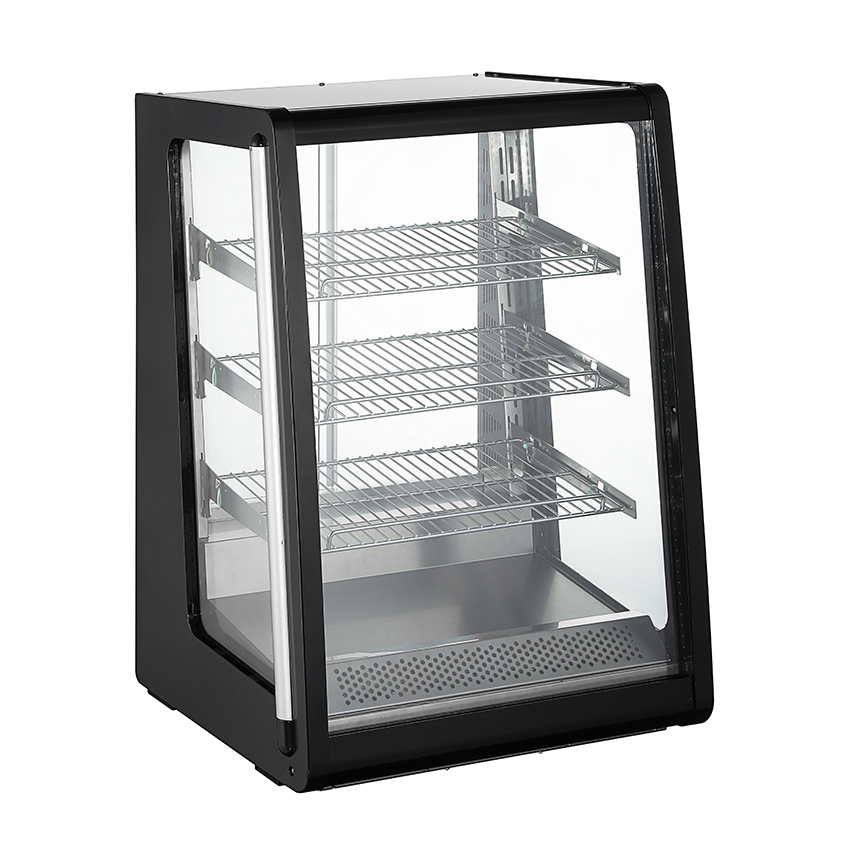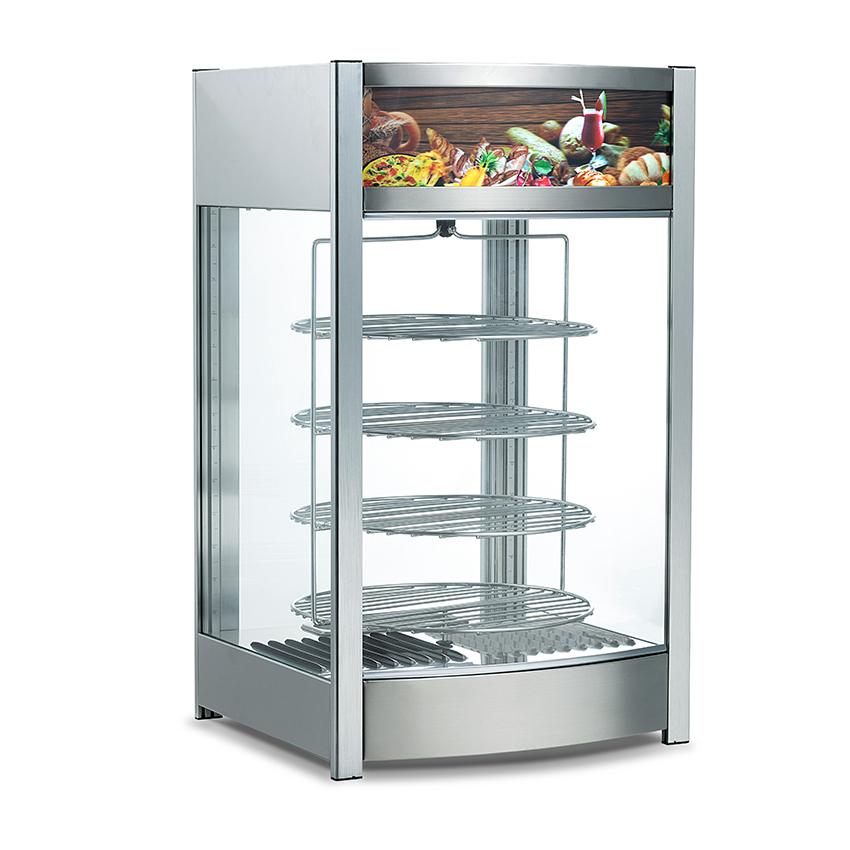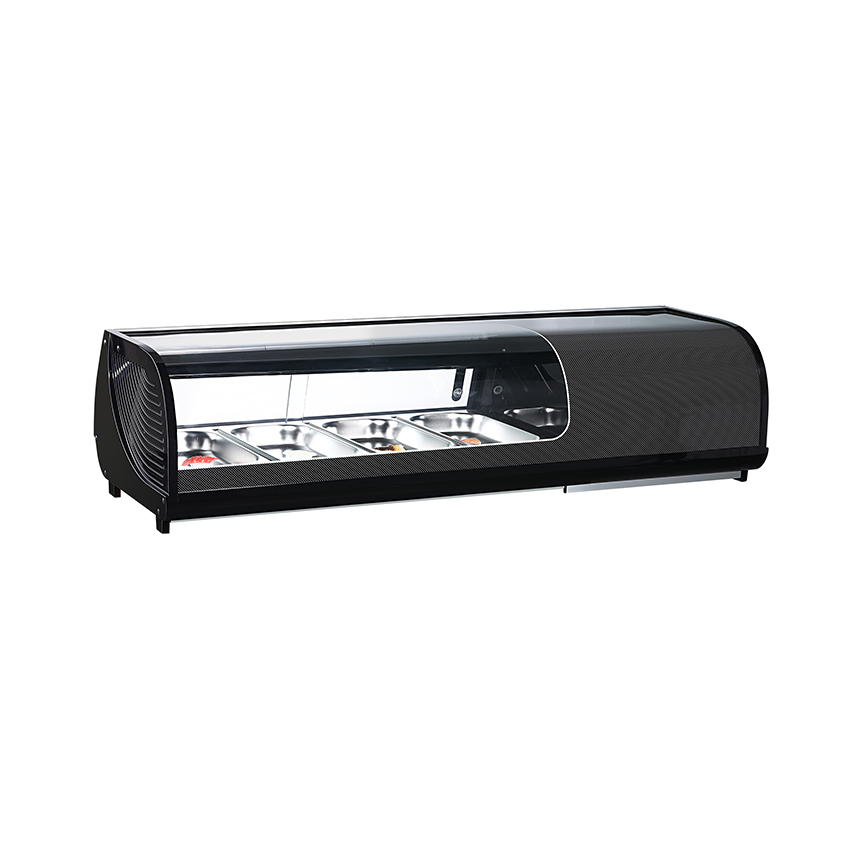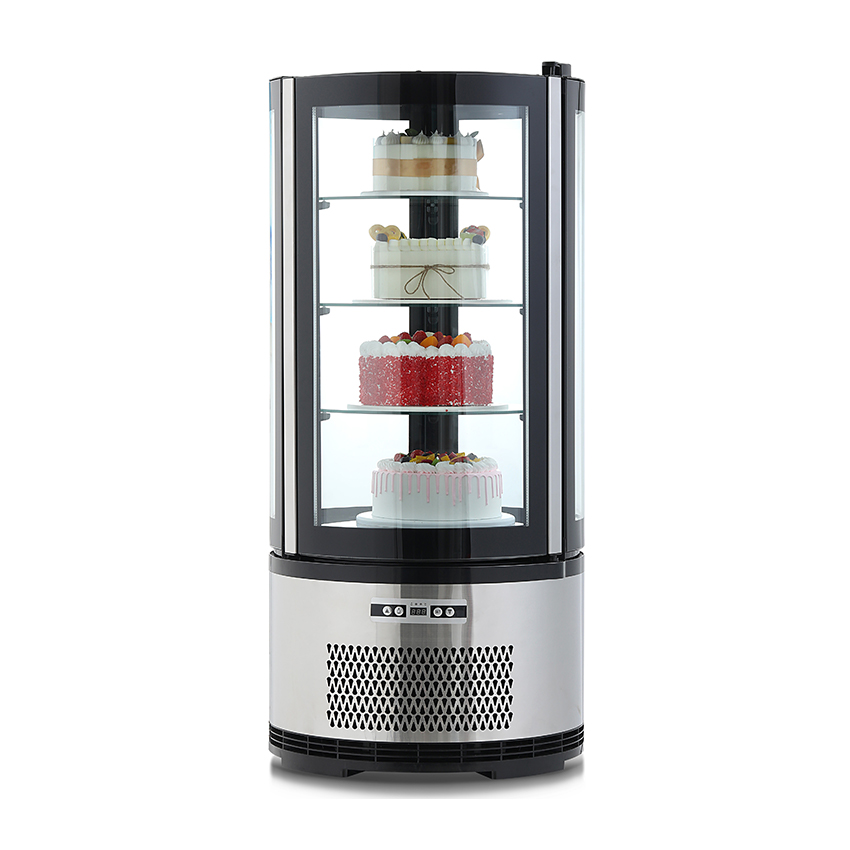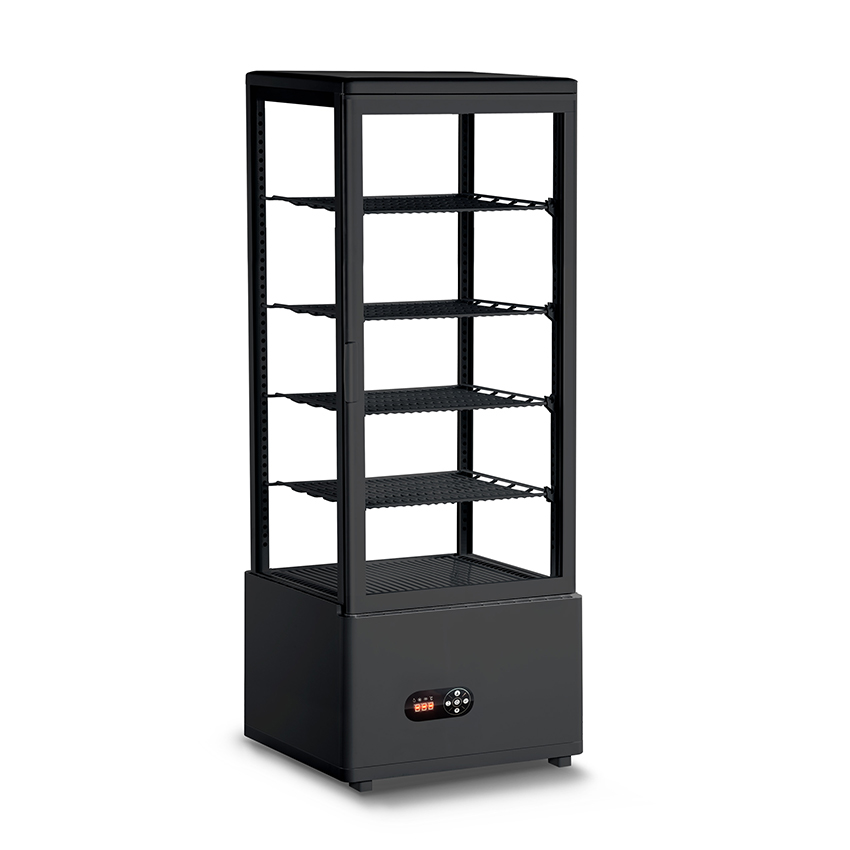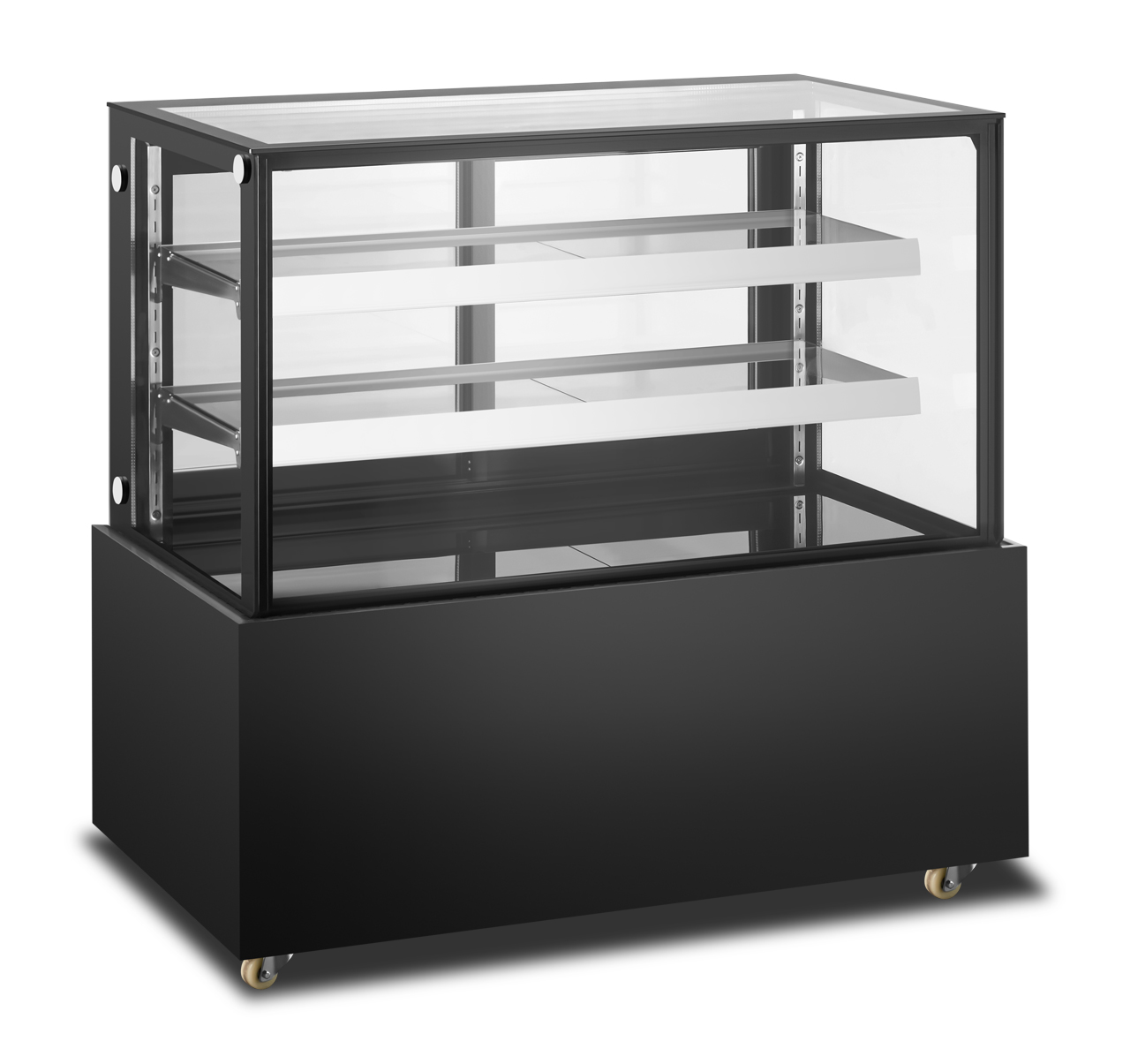1. Adjustment of usage habits
Reduce the number and time of unnecessary door openings of low-noise tabletop refrigerated display cabinets. Each door opening will cause the compressor to run for 10-15 minutes longer due to the loss of cold air. It is recommended to close the display curtain during non-business hours and avoid frequent access to items. The storage volume should be controlled within 80% of the volume to ensure air circulation; foods with high moisture content (such as fruits and beverages) should be drained and stored in a sealed manner to avoid thickening of the frost layer and increase in energy consumption.
2. Maintenance measures
Regularly clean the dust on the condenser fins (brush + vacuum cleaner), manually defrost once every 7 days (naturally melt after power failure), and avoid excessive frost that affects the refrigeration efficiency. Use A4 paper to test the sealing of the door seal. If there is no resistance when pulling, it needs to be replaced; regularly apply silicone grease to lubricate the door hinges to reduce air leakage. Check the aging of the compressor shock pad (once every quarter) and replace worn parts; keep the voltage stable (fluctuation ≤ ±10%) and avoid frequent start and stop.
3. Equipment selection and optimization
Choose low-noise table-top refrigerated display cabinets with low energy efficiency ratings, give priority to high-efficiency compressors, and match them with environmentally friendly refrigerants to reduce energy consumption and carbon emissions. Equipped with an intelligent temperature control system, the temperature is automatically adjusted according to the business mode (such as -4°C for freshness during business hours and -7°C for energy saving during non-business hours), and integrated with adaptive control logic, the door switch sensor determines the usage status and optimizes the refrigeration cycle. Use microporous high foaming technology to thicken the insulation layer, and match it with insulated door seals to reduce cold air leakage; the condenser is designed as a fin type and cleaned regularly to improve heat dissipation efficiency.


 English
English русский
русский Español
Español Français
Français عربى
عربى italiano
italiano
